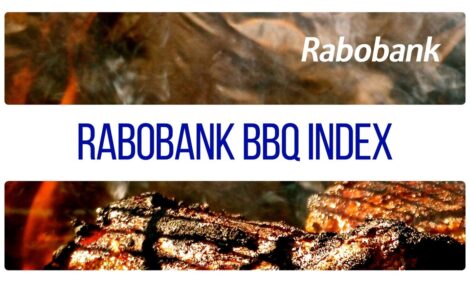



Peanut Meal for Layers
By Nicholas M. Dale, Extension Poultry Scientist, The University of Georgia Cooperative Extension Service, College of Agricultural and Environmental Sciences. He concludes that peanut meal is an attractive feed ingredient for layers but caution is required regarding its amino acid composition and possible aflatoxin contamination.For many decades, Georgia has been one of the leading poultry states in the US. Unfortunately, the need for feed components such as corn and soybean meal far exceeds the state's ability to produce these ingredients. Thus, enormous quantities of grain and high protein oilseed meals are routinely imported from the Mid-west.
An ongoing project of the Poultry Science Department at the University of Georgia has been to investigate means of increasing the use of Georgia agricultural products in poultry feeds. Current ongoing projects involve studies with pearl millet, cottonseed meal and most recently, peanut meal.
Much like soybean meal, peanut meal is obtained following the extraction of oil for human consumption. Peanut oil is especially valued for its frying characteristics. The peanut itself (without shell) contains more than 40 per cent oil. Once this is removed, a high protein material remains which is suitable for poultry and animal feeding.
In an ongoing study at the University of Georgia, numerous samples of commercially processed peanut meal are being obtained and evaluated for their nutritional profile. Preliminary results confirm that this ingredient is quite comparable to soybean meal in terms of nutrient composition. Protein of the samples tested routinely was found to be between 47 and 48 per cent (very similar to soybean meal), while having about 10 per cent more metabolizable energy (1240kcal/lb). Thus, if peanut meal is employed as a protein source in a portion of the feed, less fat would be added in order to obtain the same energy level.
There are several aspects of peanut meal which must be recognized prior to using it in layer feed. First, while the protein level is very similar to that of soybean meal, there are differences in amino acid composition.
Arginine in peanut meal is much higher than in soybean meal. However, lysine and threonine are much lower. Peanut meal has approximately 1.8% lysine as compared to 3.0% in soybean meal.
Secondly, there is concern regarding peanut meal and its possible contamination with aflatoxin. The aspergillus moulds that produce aflatoxin find peanut meal to be an exceptionally good substrate. Thus, a quality control program for peanut meal must include a monitoring of aflatoxin as an essential component. It should be stated that higher levels of aflatoxin can be tolerated in peanut meal than in corn, simply because much less would be used in the feed.
For example, if a shipment of peanut meal were found to contain 100 parts per billion (ppb) of aflatoxin and the peanut meal was included in feed at a level of 5 per cent, this would lead to only 5ppb aflatoxin in the finished feed. This level is far below any reasonable problem threshold for this toxin.
Conclusion
Peanut meal appears to be an attractive feed ingredient for layers. However, recall that its amino acid profile is somewhat different than that of soybean meal. Guarantees should be obtained so as to avoid shipments with high levels of aflatoxin.








